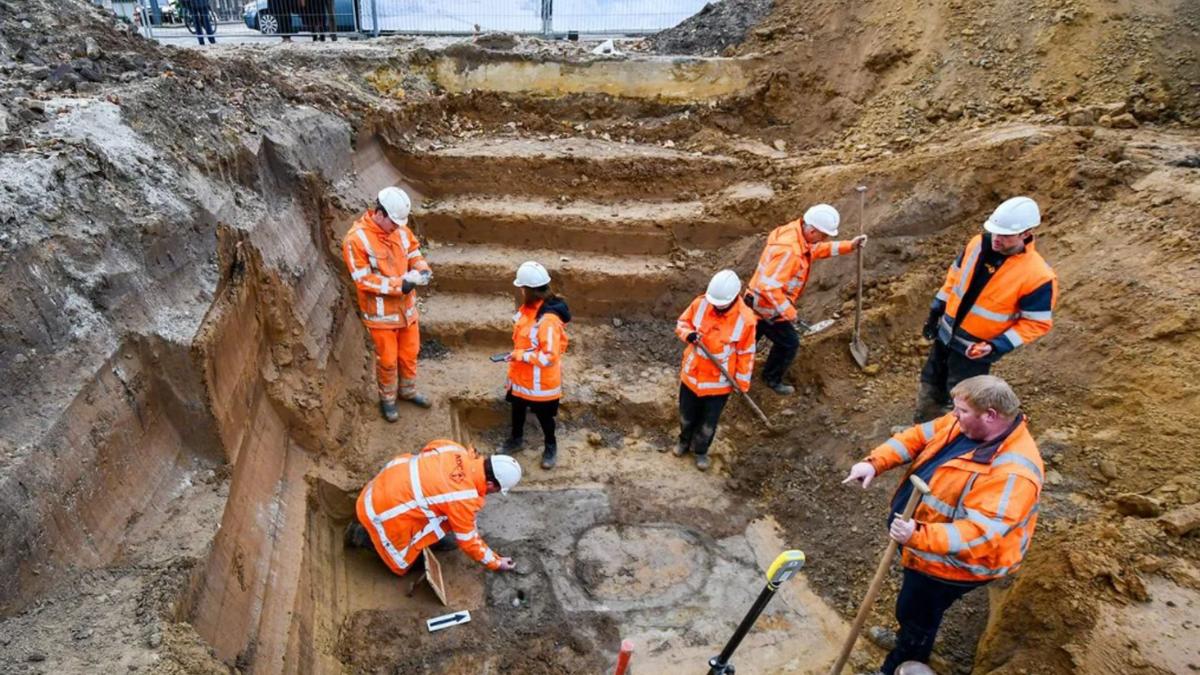Remains of person from 'year 0' discovered in Europe
Share:
Archaeologists have discovered the remains of a person from the 'year 0' while excavating an early ancient Roman settlement in the Netherlands. The 2,000-year-old grave, which belonged to a soldier named Flaccus, was accompanied by various artifacts, including a bronze bathing tool called a 'strigil,' pottery shards and a set of terra sigillata plates.
![[Flaccus' cremated remains were found in a burial pit accompanied by various artifacts, including a bronze bathing tool called a 'strigil,' pottery shards and a set of terra sigillata plates]](https://i.dailymail.co.uk/1s/2024/12/16/18/93202199-14198411-Flaccus_cremated_remains_were_found_in_a_burial_pit_accompanied_-a-6_1734374314074.jpg)
The surface of one of these plates was abbreviated with 'FLAC,' a nickname for Flaccus, making him the oldest named individual in the region's history. The remains suggest that the settlement dates to the first emperor of Rome, Augustus, from 0 to 20AD.
![[The surface of one of these plates was abbreviated with 'FLAC,' a nickname for Flaccus. Further analysis revealed that these artifacts date back to around the 'year zero']](https://i.dailymail.co.uk/1s/2024/12/16/19/93202195-14198411-The_surface_of_one_of_these_plates_was_abbreviated_with_FLAC_a_n-a-5_1734378010470.jpg)
This suggests Flaccus was a Roman soldier stationed at Coriovallum — a military settlement known today as the city of Heerlen — around the time of early Roman expansion into the Netherlands. Coriovallum was established during the early first century CE at the junction of two major roads: the Via Belgica and Via Traiana. These connected regions that are known today as parts of Germany and France.
Though Coriovallum initially served as a military settlement, by the mid-first century CE, it had become a bustling civilian town. Now, Heerlen is home to the ruins of the ancient settlement's public baths built around 50-70 CE and are the largest visible Roman ruins in the Netherlands.
Archaeologists have discovered 2,000-year-old remains of a soldier named Flaccus in an ancient Roman settlement in Heerlen, a southeastern city in the Netherlands. The discovery was made by archaeologists from ADC ArcheoProjecten during ongoing excavations at the Raadhuisplein, or town hall square, and provides the earliest evidence of Roman settlement in Heerlen.






















